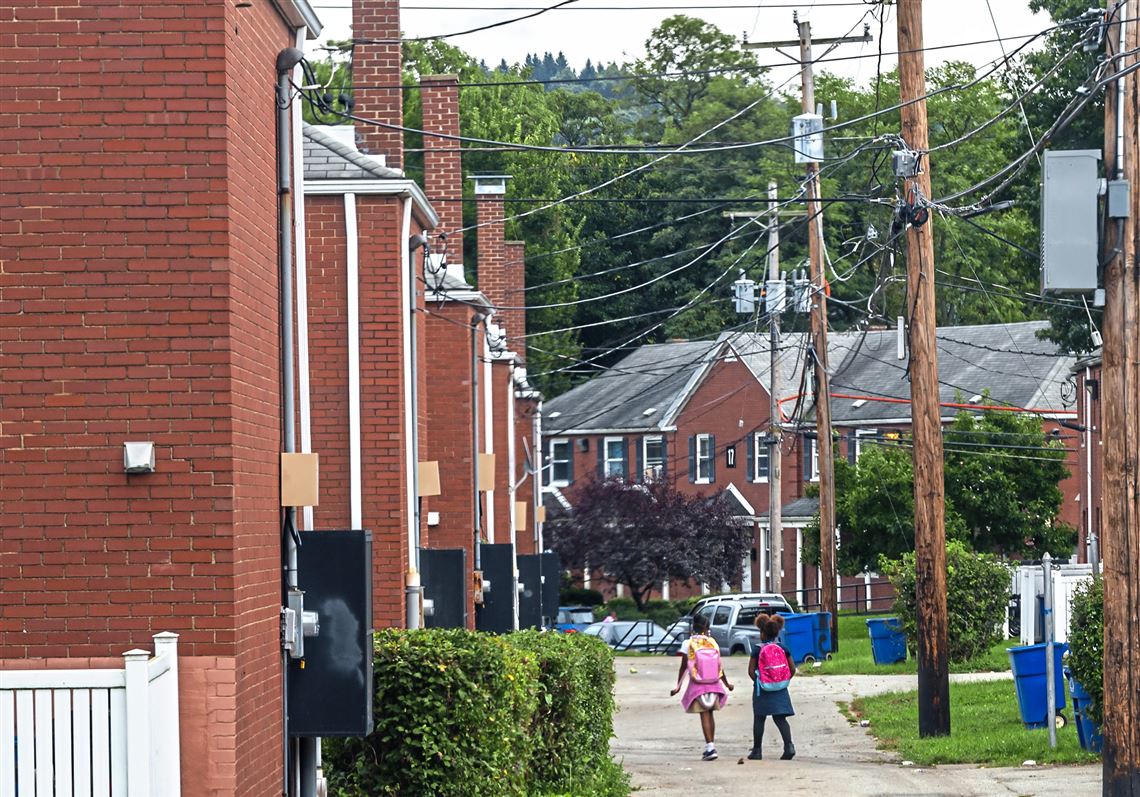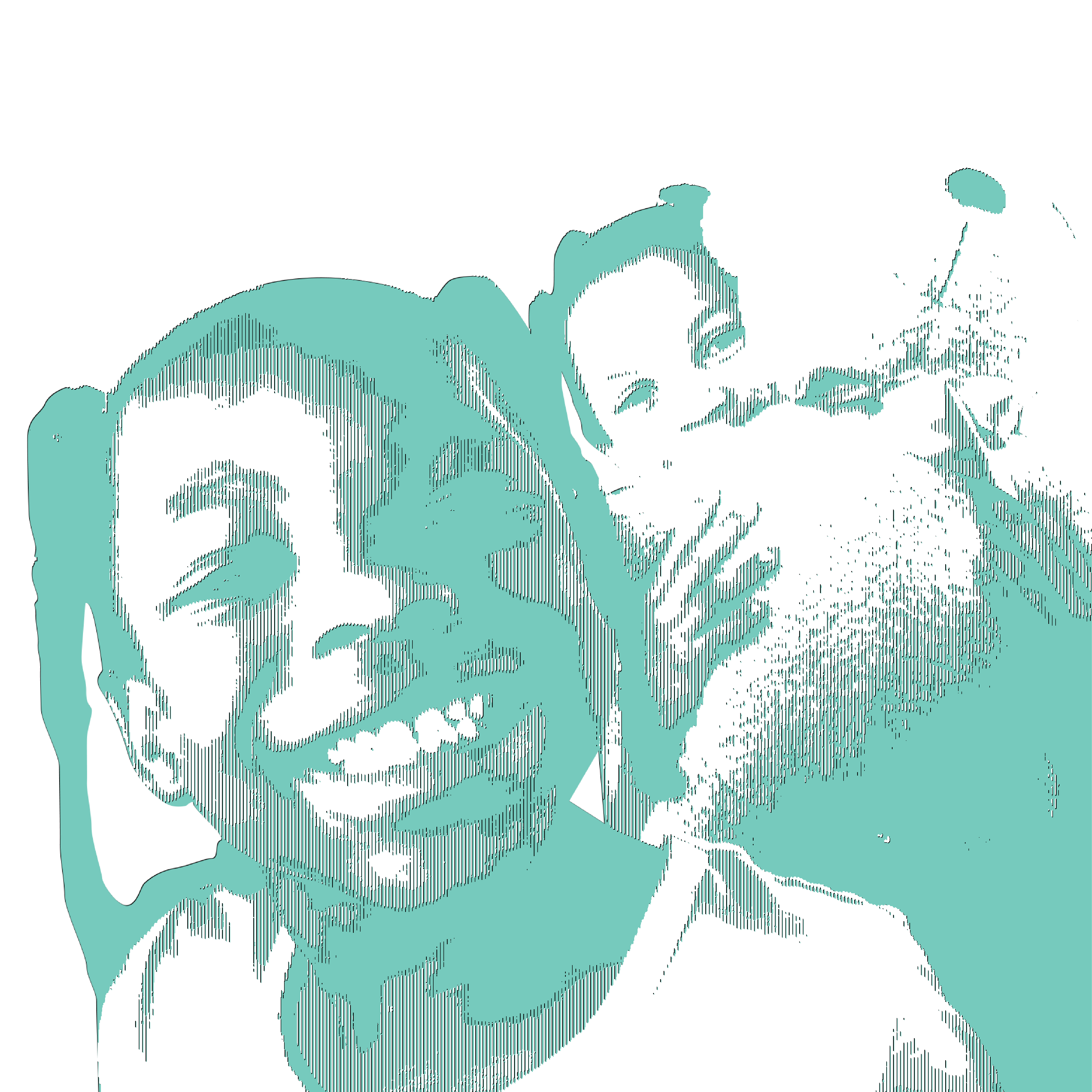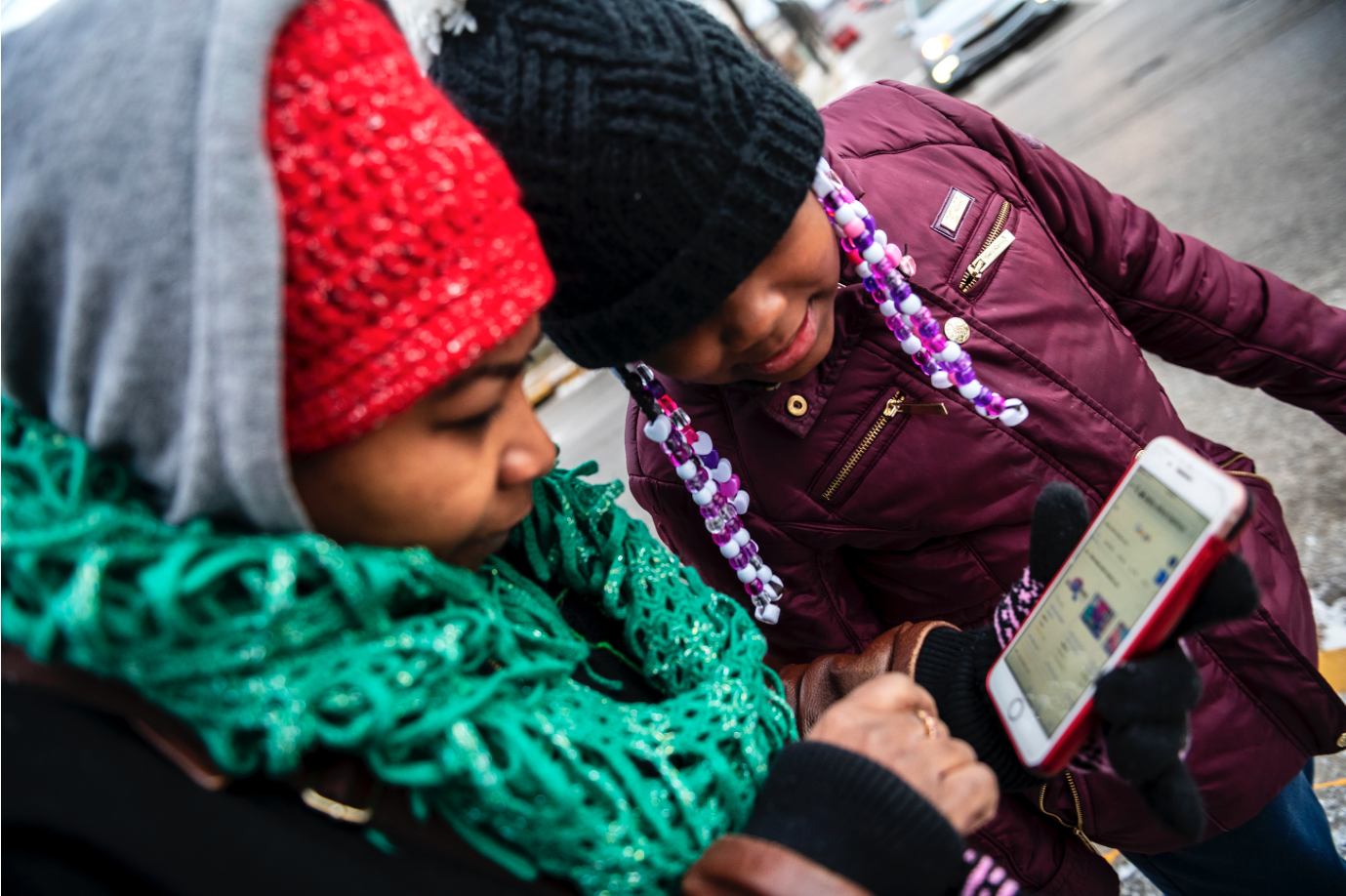
Prospects for kids in impoverished neighborhoods — grim as ever just a year ago — may be brighter as 2020 dawns.
In late 2018, Allegheny County voters rejected a tax hike for children’s programs. As 2019 ends, though, the county and the city of Pittsburgh are planning multi-million-dollar infusions into child care, early education and after-school activities, likely focused initially on the poorest communities.
The region’s corporate leadership is determined to boost standards of living, with an emphasis on struggling populations.
And in Harrisburg, where lawmakers have trailed other states in aiding poor families, anti-poverty proposals are percolating.
That reflects a growing sentiment that poverty’s effects on children are too extensive and expensive to ignore.
“This is really the issue of our time, and if we’re not doing our very best to support children early in life, we’re really laying the groundwork for increases in pain and suffering,” said Lisa Schroeder, president and CEO of The Pittsburgh Foundation.
The Pittsburgh Post-Gazette, in its series Growing up through the Cracks, has focused this year on communities in which around half of kids are living below the poverty line.
Thirty interviews conducted in recent months with regional and state leaders, from the public and private sectors, suggest a consensus that it’s time to address the effects of very high child poverty in communities from the Mon Valley to the Kiski Valley to the farms of Fayette County.
“We don’t want this for the future of this region,” said Morgan O’Brien, CEO of Peoples Natural Gas and board chairman of the Greater Pittsburgh Chamber of Commerce. “I can only do my small part, but if everyone does their small part, we’ll move the needle meaningfully.”
“If we’re living comfortably, all of us, getting three square meals, we can sometimes be lulled into thinking that everyone has those basics, but that isn’t the case.” — Bishop David Zubik, Roman Catholic Diocese of Pittsburgh
At Great Start Day Care in North Braddock, Kee’Miyah West, 8, showed off a drawing of her latest character: Rosi Pam Brookington, a ponytailed girl in stripes and very long sleeves, with big eyes and a little smile.
“I just randomly made her,” said Kee’Miyah, adding that Rosi Pam doesn’t yet have the kind of backstory of some of her other characters, like the Boxoplenty family.
Kee’Miyah lives with her father, a security guard, and her great-grandmother, a crossing guard who also works at Great Start. They may not be in poverty. But step outside the day care, and you might find yourself in the middle of a fight on Jones Avenue or a drug bust on Walnut Street, all beneath the vacant stare of one of the borough’s 400 abandoned houses.
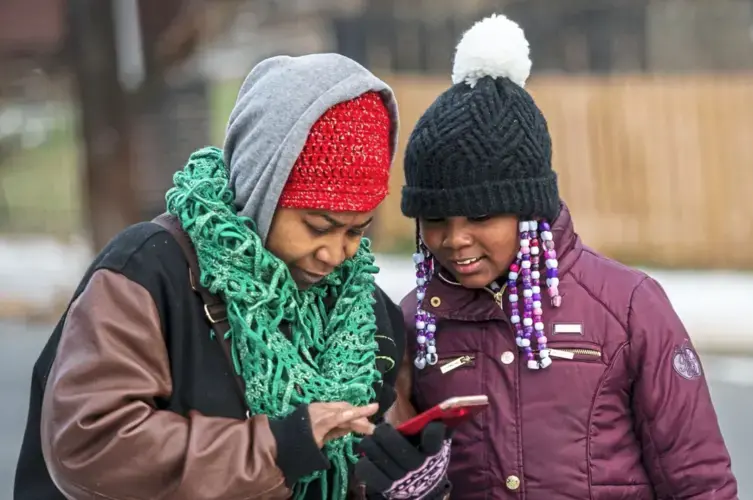
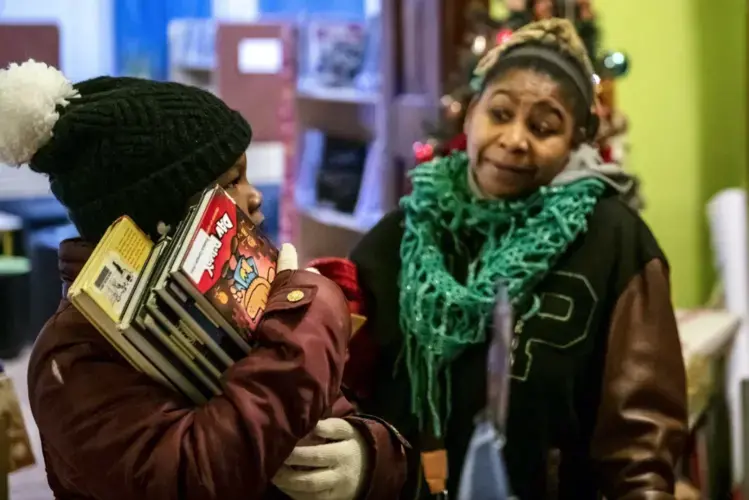
Inside Great Start, she’s a leader among the kids. Elsewhere, Kee’Miyah admits, “I don’t feel protected. I don’t feel safe and sound, like I’m supposed to.”
A sense of insecurity is one of the features of childhood in high-poverty communities, researchers say. Exposure to crime, evictions and physical hazards, combined with the dearth of conventional success stories, harms kids, families, and, eventually, society.
“We do suspect that growing up in poverty has impacts on health, has impacts on labor market productivity, has impacts on behavior that might generate costs for the criminal justice system,” said Greg Duncan, an education professor at the University of California Irvine who led the National Academies of Sciences Engineering and Medicine team that released, in February, a roadmap to cutting U.S. child poverty in half.
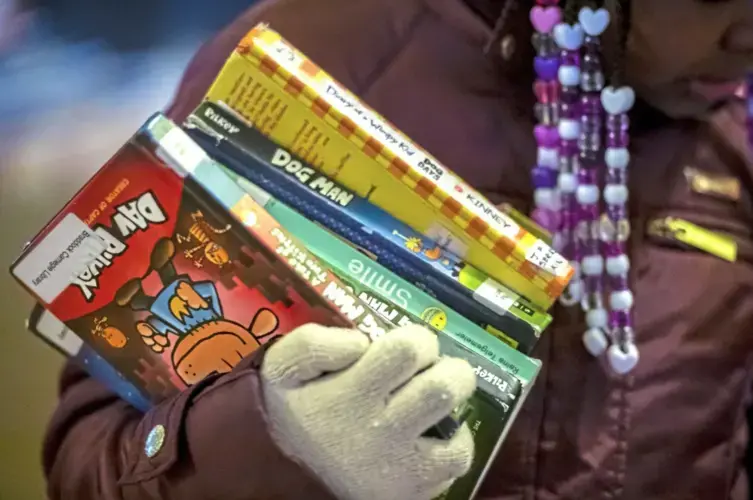
Great Britain cut child poverty in half in the early 2000s. Canada has made strides, and Scotland has vowed to virtually eliminate child poverty by 2030. While their approaches may not fit U.S. realities, he said, they’re “proof that you can make big differences in child poverty.”
Gaming and Art Helped Jared Todd to Contend With Rankin’s Violence
That was just one of many ways young people dealt with the effects of the concentrated child poverty the Post-Gazette found during the year-long series Growing up through the Cracks.
Anthony, Nellie and Oliver Brown escaped rural Fayette County’s struggles by wading the creek to tiny Horseshoe Island.
Kee’Miyah West invented the Boxoplenty family as an antidote to North Braddock’s deprivation.
All of their stories, and Stacy Innerst’s illustrations, are now available subscription-free.
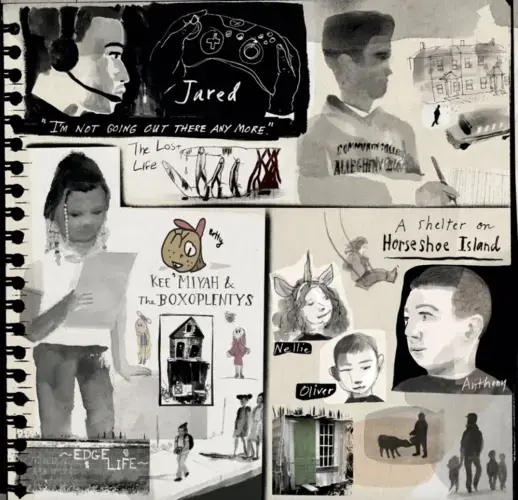
“I would rather do a program that, at the very least, reaches the communities that need help the most. And we know the levels of disparity. You guys have been writing about them for some time now.” — Rich Fitzgerald, Allegheny County Executive
In 2018, Mr. Fitzgerald didn’t support a referendum that would have boosted property taxes to raise around $18 million annually for early learning, after-school programs and nutritious meals for kids. In that year’s General Election, it fell 3 percentage points short.
In March, though, he appointed a 25-member working group that, after seven months of study, suggested a similar dollar figure. The county, it found, should find $20 million a year to secure quality early learning for 900 children and after-school programming for 1,500 — measures that have proven effective at improving the futures of kids in struggling communities.
Armed with the working group report, he’s “trying to figure out how to fund it,” he said in November.
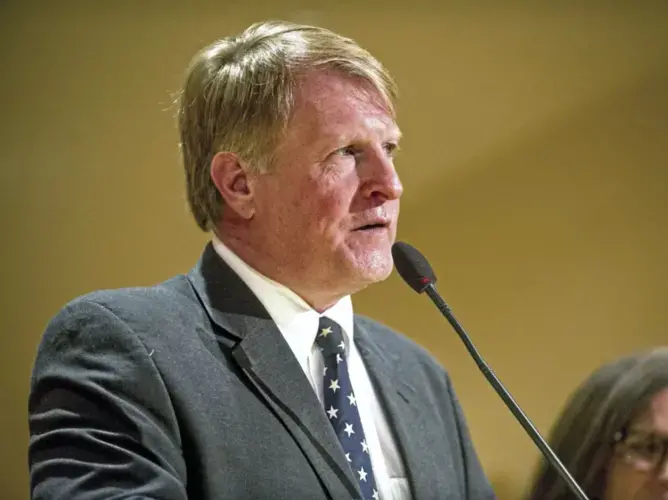
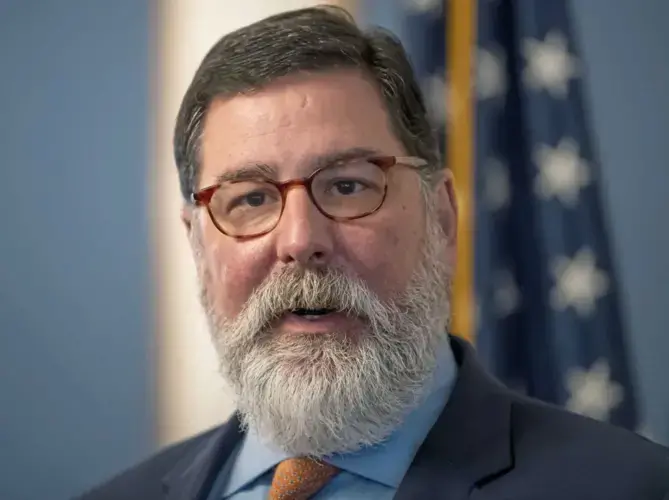
“Do we look to the private sector? Our corporate community? Our foundation community?” he asked. “Would there be other options, other funding options, at the state level?” He has talked with Philadelphia Mayor Jim Kenney about that city’s 1.5 cent per ounce tax on sweetened beverages that it uses largely to fund kid stuff.
One block down Grant Street, city officials have created a $2 million Child Care Quality Fund. Once the Law Department signs off, it will fund upgrades at daycare centers in the city, with the aim of improving their learning environments, staff training, community engagement and leadership.
It’s a start, said Pittsburgh Mayor Bill Peduto, as he held an inch-thick draft of his OnePGH plan. It calls for a 12-year, $4 billion blitz of public and private investments. Promised repeatedly throughout his six-year tenure, the report still awaits agreement among the private parties on phasing, “protocols” for controlling the investments, and — most daunting — “specific commitments,” including funds, the mayor said.
The plan includes $131 million in investments in early education. “I would say that there is bipartisan support that this is the best investment we could make, period,” he said. “Not just in education or [in] our children, but the best investment we can make for our region.”
“I wouldn’t say that it’s a critical success factor in moving youth out of poverty that we find a job across the street from their house. I would say that the school across the street from their house needs to be strong, and we need to think about the community they’re being raised in, that it’s safe.” — Stefani Pashman, CEO, the Allegheny Conference on Community Development, a business-focused nonprofit organization
Ms. Pashman heads a conference that has long focused on improving the region’s economy. The conference this year sent 35 CEOs to schools, where each spent a day shadowing a student.
“Some of [the schools] are basically completely technology-based, and the students have endless opportunity for project-based learning, real-time assessment, teachers can calibrate the learning, it’s all technology driven,” she said. “And then there are other ones that barely have a textbook. And so I think what we realized is that the change we need to make is so vast, but that we have to appreciate that there’s a lot of inequity.”
At its annual meeting this month, the conference announced what Ms. Pashman called “an ambitious goal”: to improve regional standard of living by 25% by 2030.
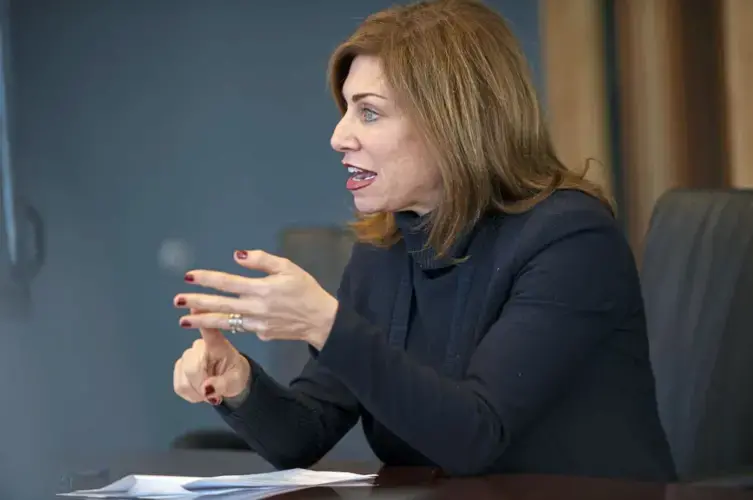
“But then we have to look at that through an equity lens, of how is it working for the community, and the Mon Valley, and how is it working for the African American community,” she said, in an interview.
Achieving the goal requires a sustained, collaborative effort to reduce poverty, she said.
UPMC Health Plan in December announced UPMC Social Impact, an initiative to take on the economic drivers of health problems. Also likely to keep child poverty on the front burner is The Pittsburgh Study, a joint UPMC Children’s Hospital of Pittsburgh and University of Pittsburgh effort to track some 20,000 kids for 20 years, starting in 2020.
“Structural factors like poverty, transportation, housing, access to healthcare, access to clean air, access to fresh food — all of those contribute to child health,” said Elizabeth Miller, chief of the Division of Adolescent and Young Adult Medicine at Children’s, and co-leader of the study. “So the goal of the Pittsburgh Study is to figure out what is going to work to support children and adolescents to be healthy.”
“Child poverty is sort of a leading indicator of the failure that we have in our economy right now — the canary in the coalmine, if you will. If over half of the children in communities are living in poverty, then the economy in the region is not working.” — Erin Kramer, executive director, One Pennsylvania, a pro-union membership organization
For most families, the path out of poverty involves a job that pays enough to cover housing, food, transportation and, for those with kids, child care. In Harrisburg, there’s no consensus on state government’s role in smoothing that path, but there is vigorous discussion.
“Our region offers good housing, good jobs, good education, including school choice opportunities which other states do not offer, and is moving in the right direction because we are steady and stable and are looking to expand our opportunities in manufacturing, in energy and in the petrochemical industries,” said state House Speaker Mike Turzai, R-Marshall, in an interview.
He acknowledged that some areas aren’t thriving. But the state’s safety net has many strands, he said, and “economic opportunity, particularly in the high-paying petrochemical [and] energy space” is the best way to “remediate those blights and actually make life far more sustainable.”
Others in Harrisburg want the state to step in where the economy hasn’t lifted all boats. In November, the state Senate voted to raise the minimum wage to $9.50 by 2020, potentially joining Pennsylvania with its neighbors which have adopted minimums higher than the $7.25 federal floor.
State Sen. Art Haywood, D-Philadelphia, followed a “Poverty Listening Tour” with a report including 20 recommendations for addressing deprivation in the state.
“If we can get people into family-sustaining jobs,” he said, “then a number of costs the taxpayers bear to get people on heir way can hopefully be reduced.”
“There’s not a lack of resources, in my opinion, to address this issue. There’s a lack of coordination of the use of the resources.” — Fred Brown, president and CEO, The Forbes Funds
Last year The Forbes Funds, a nonprofit, decided to focus on the social determinants of health: education, economic stability, the neighborhood environment, the community context, health and healthcare. Taken together, they go a long way toward explaining the reality that, all too often, “ZIP code determines destiny.”
Mr. Brown found “a lot of good programming out there” to improve each of those determinants in many places, but “no real strategic approach.” That, he said, “is why there are so many people falling through the cracks.”
The region has no plan for dealing with child poverty. No one in the region has a complete list of the various efforts to help poor kids. To address that, Mr. Brown said, The Forbes Funds is working on a grant making map that would capture “all of the work going on in the region.”
A map, a goal, some plans, multi-million-dollar fundraising efforts — all are underway as 2020 approaches. Mr. Brown hopes to keep the focus on the places in which all of that activity can do the most good.
“There’s up to 50 vulnerable communities in and around Allegheny County,” he said. “If we’re able to strengthen those 50 communities, we believe it would dramatically change the quality of life.”
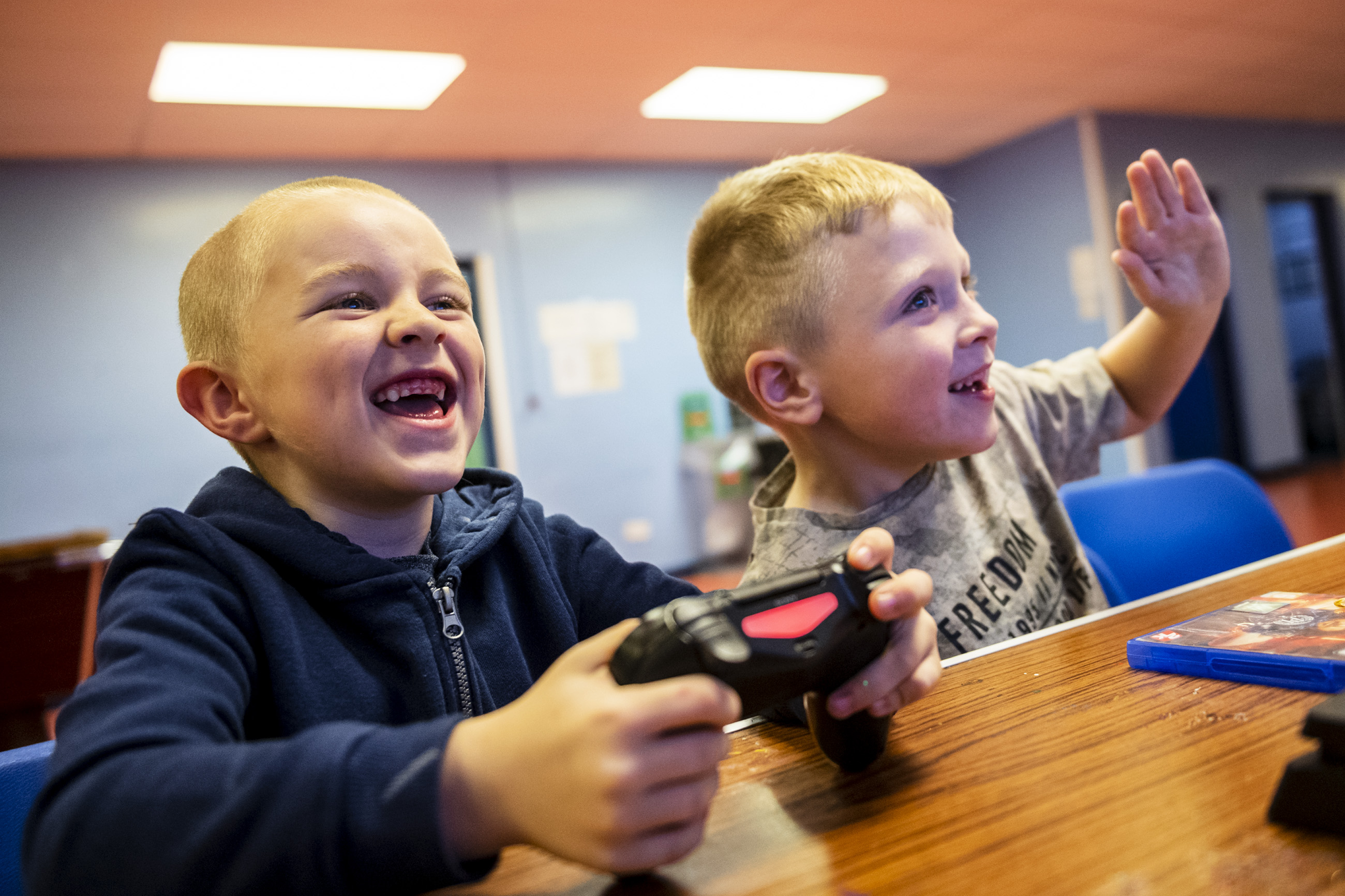
Education Resource
Meet the Journalists: Rich Lord, Michael Santiago, and Stacy Innerst
The Pittsburgh Post-Gazette's year-long exploration of child poverty—its causes and effects, and the...



